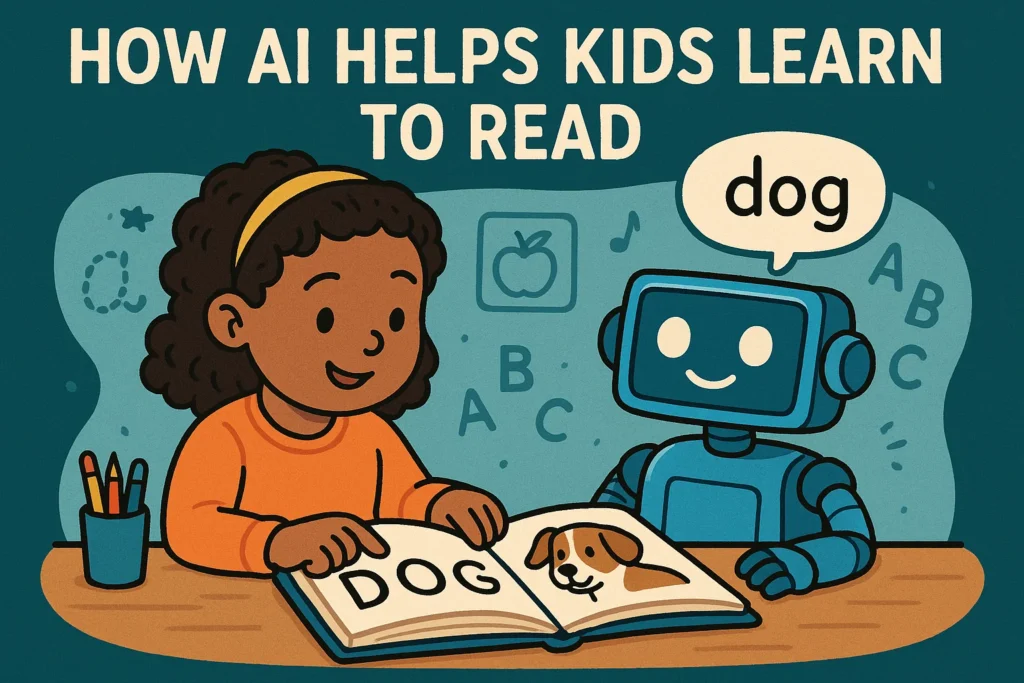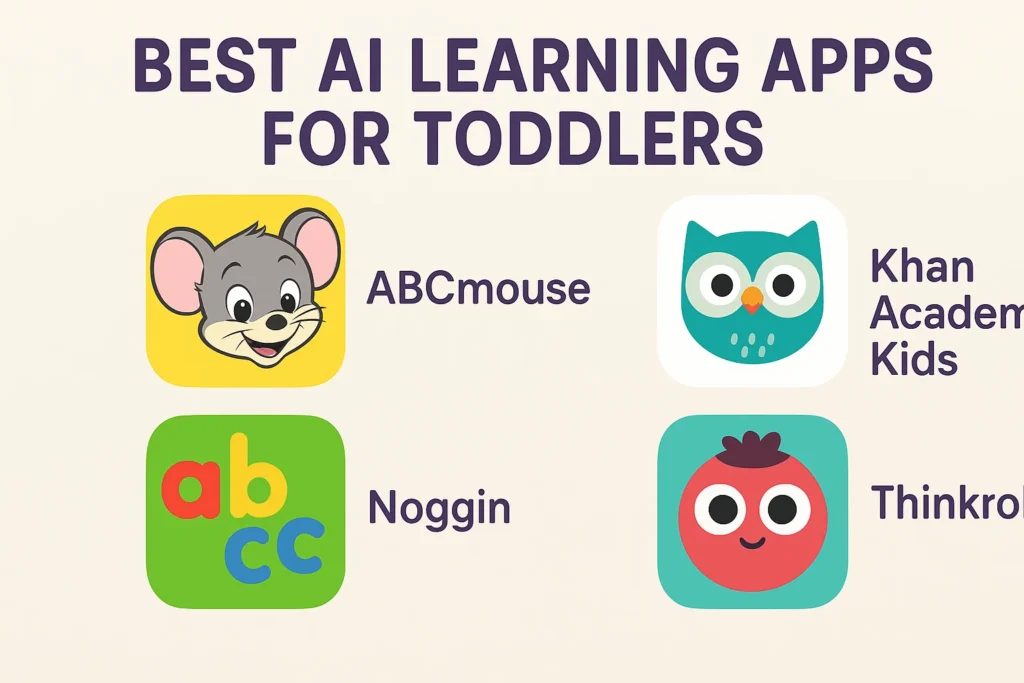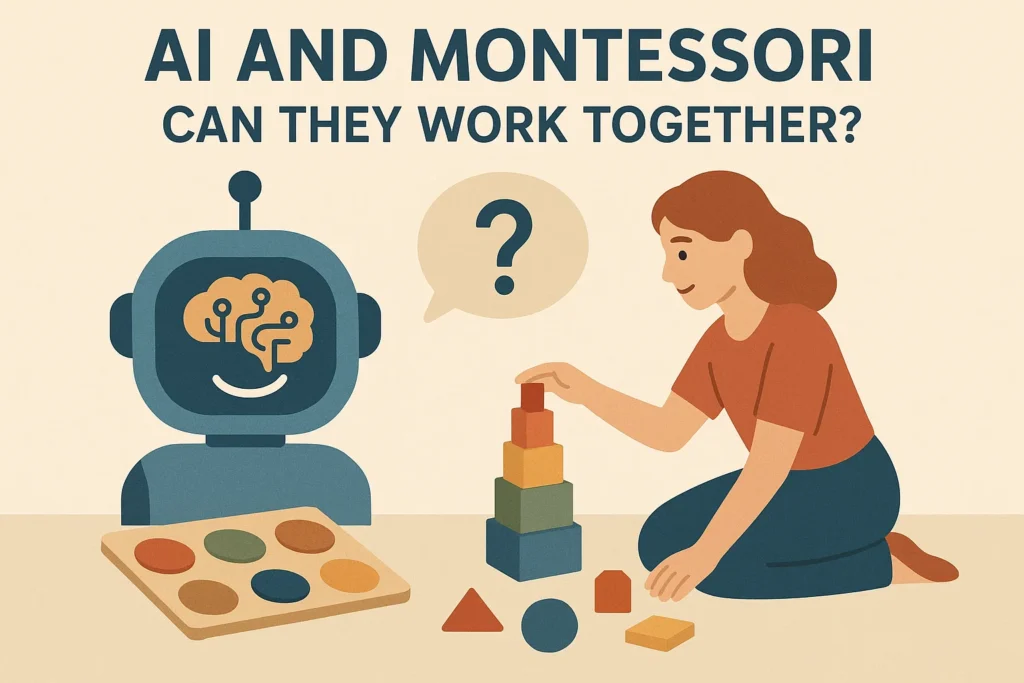👩👩👧 Introduction
At AiBlogQuest.com, we love exploring how technology shapes education. One of the most exciting developments today is how AI helps kids learn to read. From personalized reading lessons to interactive storytelling, AI-powered tools make learning both engaging and effective for children.
🧠 How AI Supports Reading Development
1. Personalized Learning Paths
AI adapts lessons based on a child’s pace, identifying strengths and weaknesses for customized reading practice.
2. Voice Recognition & Feedback
Kids can read aloud, and AI listens—correcting pronunciation and improving fluency with gentle feedback.
3. Interactive Storytelling
AI brings stories to life with voices, sounds, and visuals, keeping children engaged while improving comprehension.
4. Vocabulary Building
AI highlights unfamiliar words, explains meanings, and uses them in context to expand a child’s vocabulary.
5. Progress Tracking for Parents
AI apps generate progress reports, helping parents see improvements in fluency, comprehension, and speed.
📚 Benefits of AI in Reading Education
-
📖 Improves comprehension with adaptive lessons
-
🗣️ Enhances speaking skills through real-time feedback
-
🎨 Keeps kids engaged with gamified learning
-
📊 Tracks progress for continuous improvement
-
🧩 Supports different learning styles for every child
🔗 Useful Links – AiBlogQuest.com
❓ FAQs on How AI Helps Kids Learn to Read
Q1: Can AI apps really teach reading effectively?
Yes, AI provides personalized lessons that adapt to a child’s learning style, making reading easier and more enjoyable.
Q2: Are AI reading apps safe for kids?
Most AI learning apps for kids come with parental controls and age-appropriate content.
Q3: What age can kids start using AI reading tools?
Many AI tools are designed for preschoolers (ages 3–5) and above.
Q4: Do AI tools replace teachers or parents?
No, AI supports teachers and parents by providing interactive learning, but guidance is still essential.



